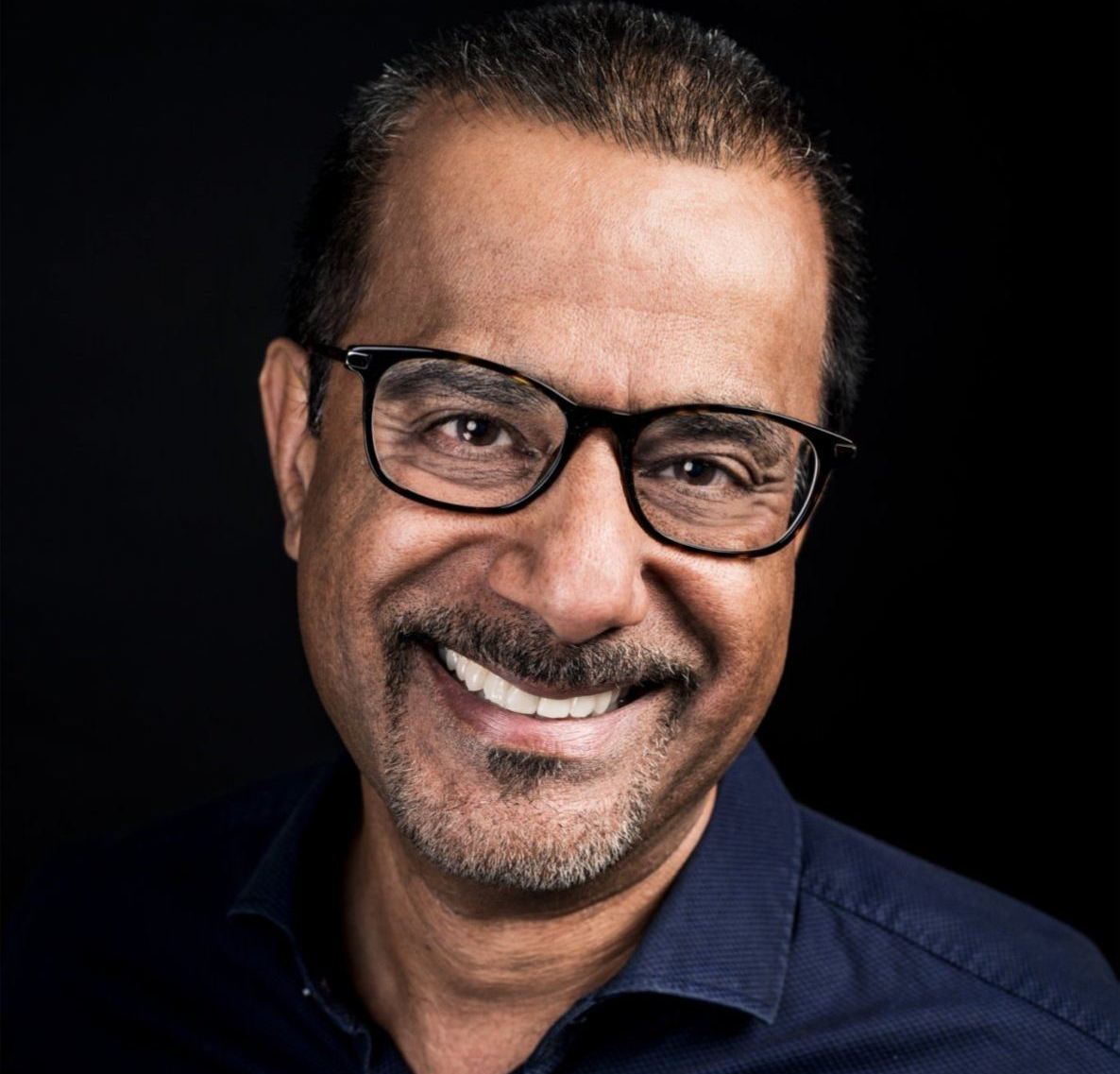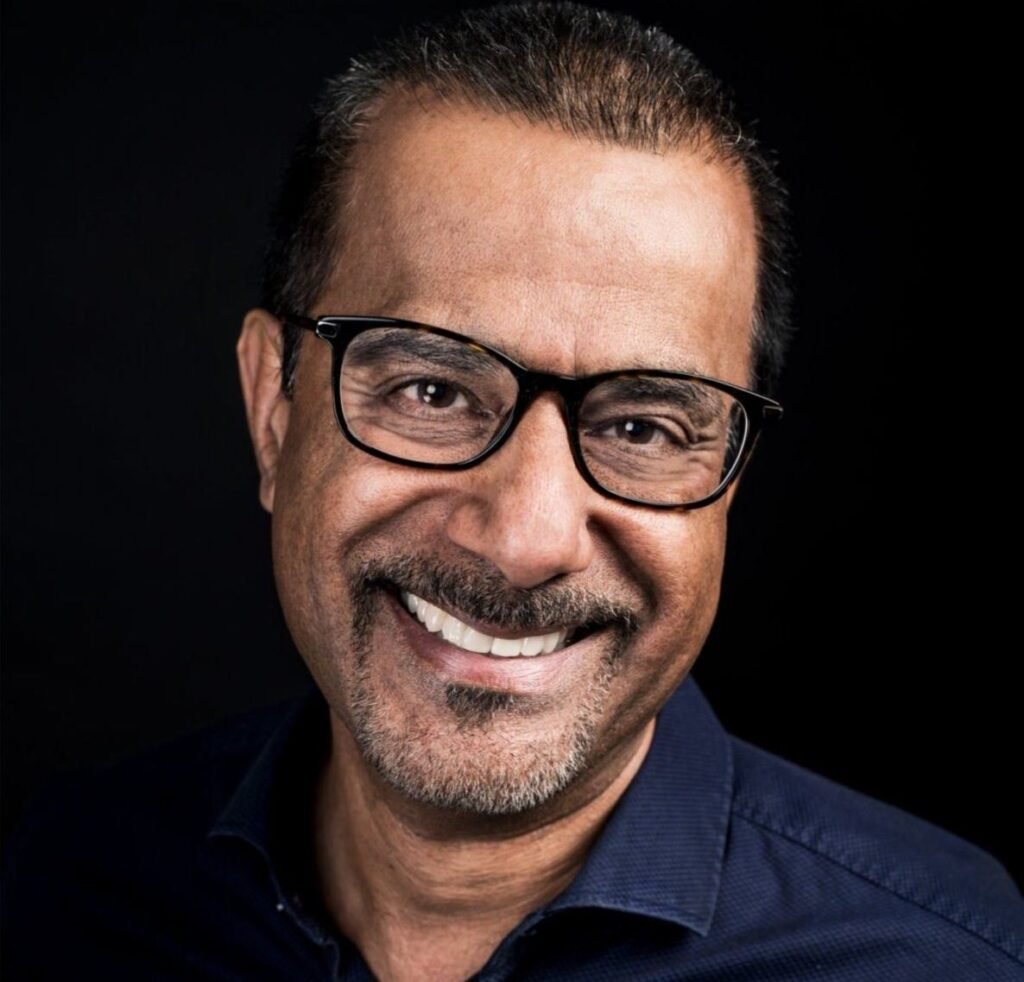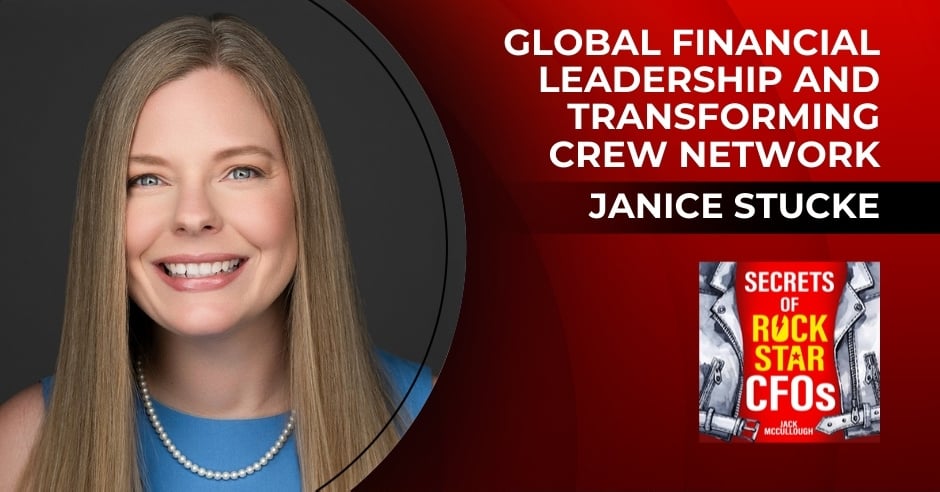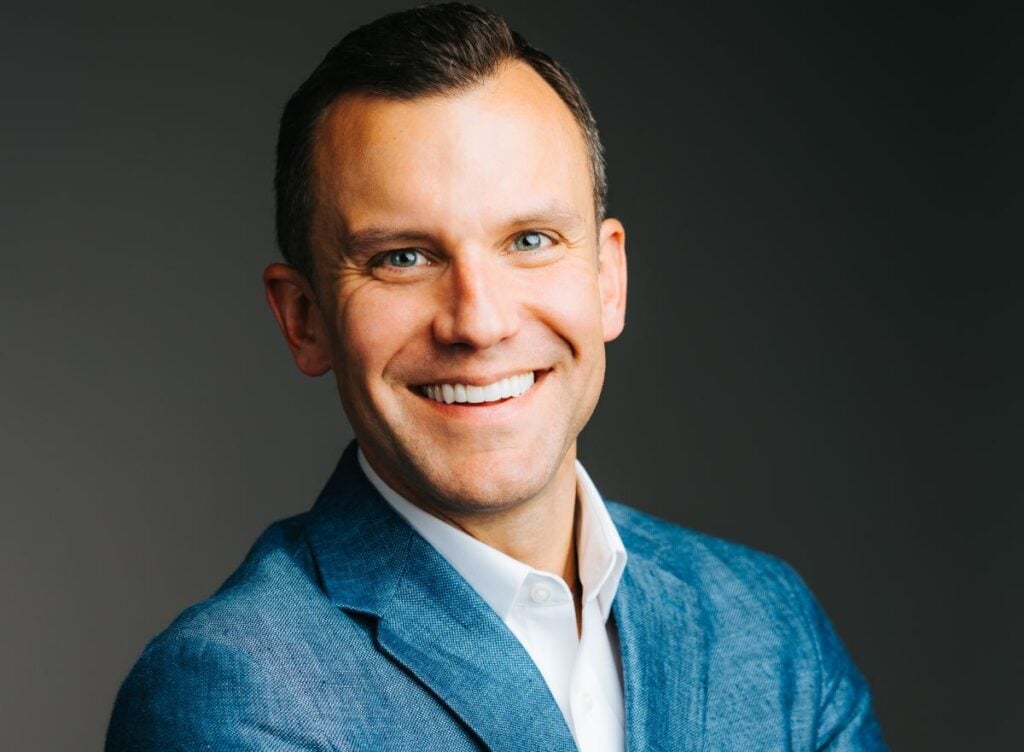When a relatively small organization goes up against larger, more established businesses, it needs to be nimble and able to act quickly if market conditions suddenly shift, especially if its market is related to AI.
Publicly held Blaize sells a fully programmable AI accelerator chip and other semiconductor products for the $71 billion energy-efficient edge AI market, pitting it against formidable players like Nvidia, Intel and Grok.
Although Blaize sells its AI chip primarily for smart cities and defense applications, staying versatile will allow the El Dorado Hills, California-based company to shift its focus to other industries in a relatively short time, says Blaize CFO Harminder Sehmi (photo above). That degree of flexibility requires many things, including tight alignment with the go-to-market team. Sehmi reveals more in an interview below with our writer Katie Kuehner-Hebert.
What critical decisions and strategies did you employ to manage the transition from announcement of a SPAC deal to the completion of the transaction?
Any IPO is complex. When pursuing the traditional path, CFOs generally have more time to think and plan. In an accelerated process, the most critical priority is to assemble a high-caliber team of advisors. A company might already have internal team members with IPO experience, but without trusted advisors, they become tough to manage.
A second important consideration is to treat it like any major project. Detailed timelines, task lists and a clear view of dependencies are vital when coordinating with bankers, lawyers, finance teams, business leads and investors.
The project plan must be a living document that is reviewed weekly, as changes are inevitable and the team needs to remain aligned and coordinated. In the absence of a dedicated project manager, the CFO must ensure clarity regarding task ownership, follow-up cadence and cross-functional communication.
The business plan and forward forecast are critical. Unlike a private raise, where finance teams may lean toward the aggressive side of a forecast, a public raise requires projections to be more conservative. The CFO must understand how robustly the pipeline has been qualified and how likely prospects are to convert into customers.
Finally, CFOs must be prepared to answer key questions, such as “How much money are we raising?” and “Why do we need it?” Clarity on sources and uses of funds is essential for investors.
AI adoption is progressing rapidly across various finance functions. How does AI fit into a young organization like Blaize?
With AI adoption, and really any automation or tool, the correct answer is often “it depends.” It depends on the maturity of the business, the consistency of the data and the pace of change.
For a mature or steady-state business that generates data and has to act quickly on insights, some tools can help the finance function become more efficient and insightful. From both accuracy and utility standpoints, these tools thrive on predictability, and the CFO should consider this when making an implementation decision.
In a startup or rapidly evolving business, though, the reality is different. When you need more versatility, putting in complex AI systems too early could hold you back. For example, [as a rule], if historical trends indicate that deals take on average three months to close, then a company needs three to four times pipeline coverage at any given time to be confident of exceeding projections. AI can help monitor and predict what the pipeline should look like to hit future revenue targets. But until the organization achieves that kind of predictable rhythm, tools like Excel, in my experience, are still the most practical.
Ignoring general tools like ChatGPT carries an opportunity cost but using them blindly is not a smart approach either. These tools can produce inaccurate results, so be wary of over-trusting their output. It’s about balance. Use them where they add value, but don’t rely on them to replace judgment and plain common sense.
When making tough decisions, finance should always ask: “What does this do for the customer?” and “What does this do for the shareholders?”
Throughout your career journey in finance, what lessons have you learned?
For one, it still amazes me how many CFOs today still describe their jobs as “a business partner” but don’t take the time to truly walk the walk. No finance person can be effective without understanding what drives the wider business, and that is done by building relationships, from the executive team to their direct reports.
Finance team members need to position themselves not as someone who says “no” but as someone who says “yes, with the right guardrails.” That happens when finance interacts with its internal customers, allowing them to get to know and trust each other. A strong finance department with an externally engaged mindset really adds value in a discerning way.
Another important lesson I learned early in my career is that the customer pays your salary, and you work for the stockholders. When making tough decisions, finance should always ask: “What does this do for the customer?” and “What does this do for the shareholders?” Viewing decisions through that lens generally leads to the correct conclusions for the business. CFOs must lead with clarity and bring constructive solutions, not just surface the problems.
What advice do you have for young professionals just entering the finance field?
Be curious. If you’re not asking “So what?” after looking at a number, a chart or a table, then you’re missing the point. Don’t do numbers for the sake of doing numbers. Ask what they mean. Ask how they connect to the bigger picture.
Communication is central to any job, but understanding both the impact of a number on a page and how to communicate that impact to non-financial readers goes a long way to developing trust. Reading publications like The Economist or Newsweek and considering how they present complex data clearly and concisely is a useful thought exercise that can benefit every finance professional.
Spending time with other functions also helps. For instance, an employee in accounts payable handling marketing invoices shouldn’t just treat them like line items. Instead, they should pursue an understanding of what the campaign was and what results it drove. That’s how you become a strategic business partner.








